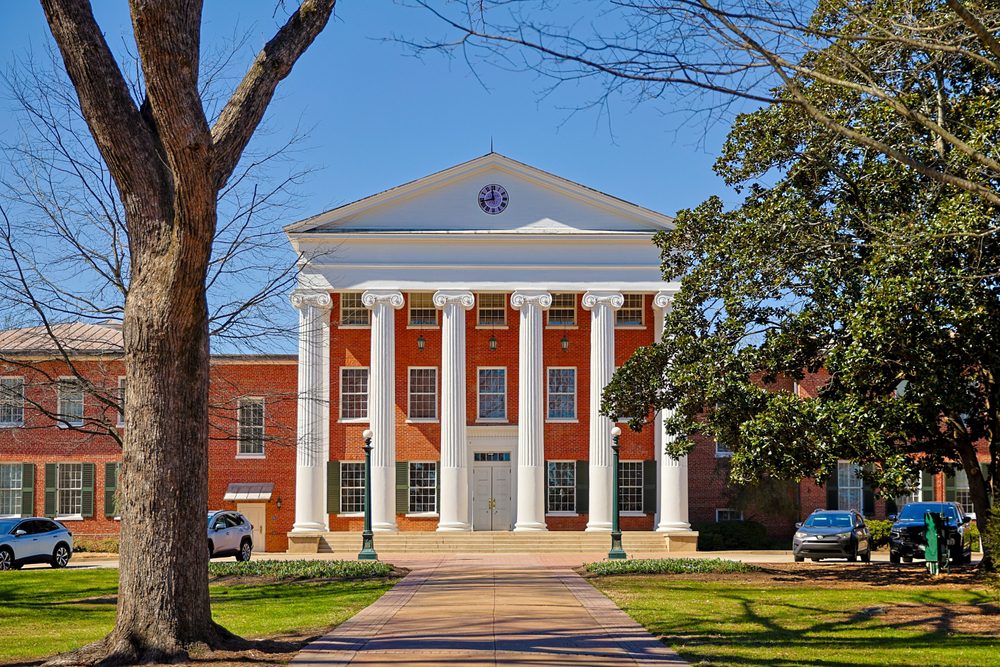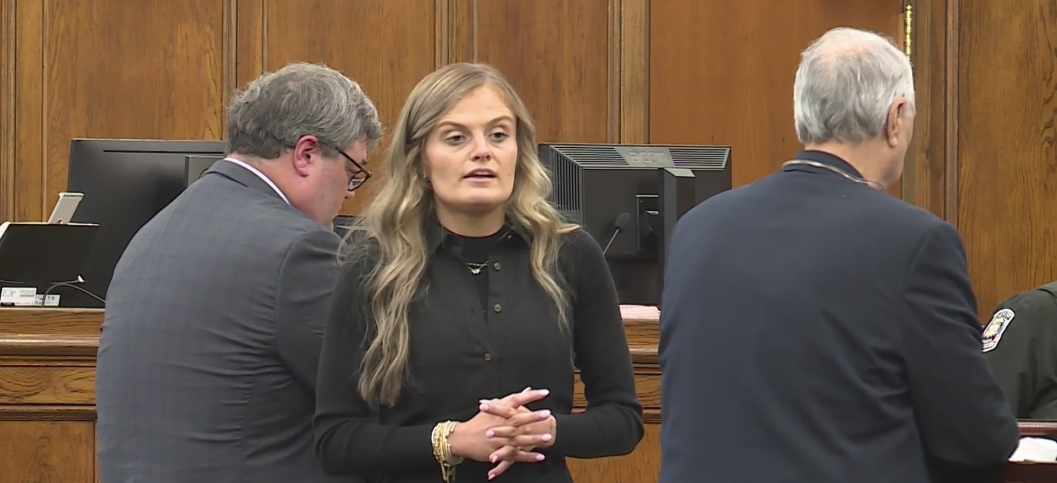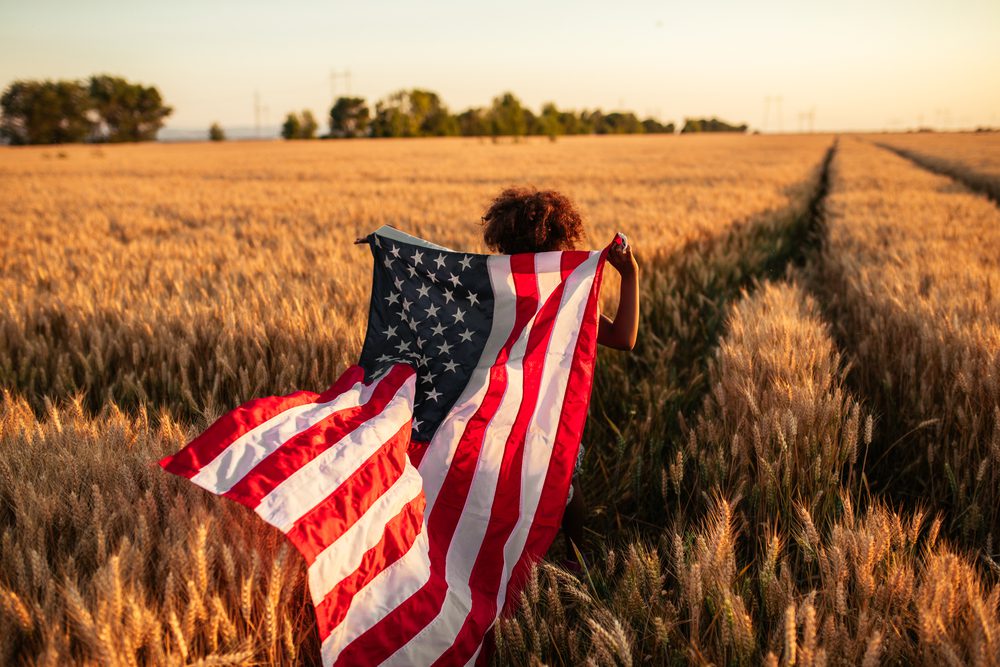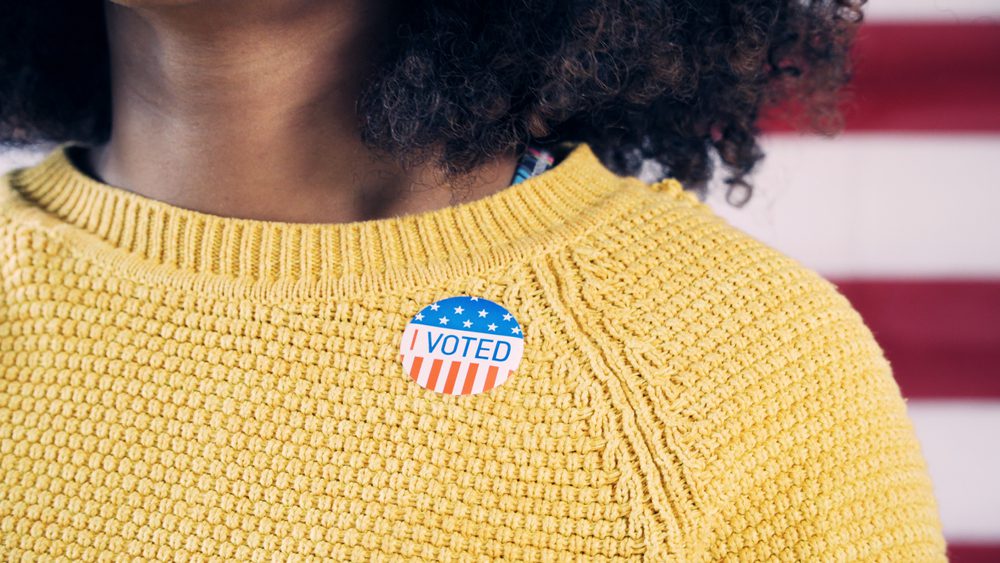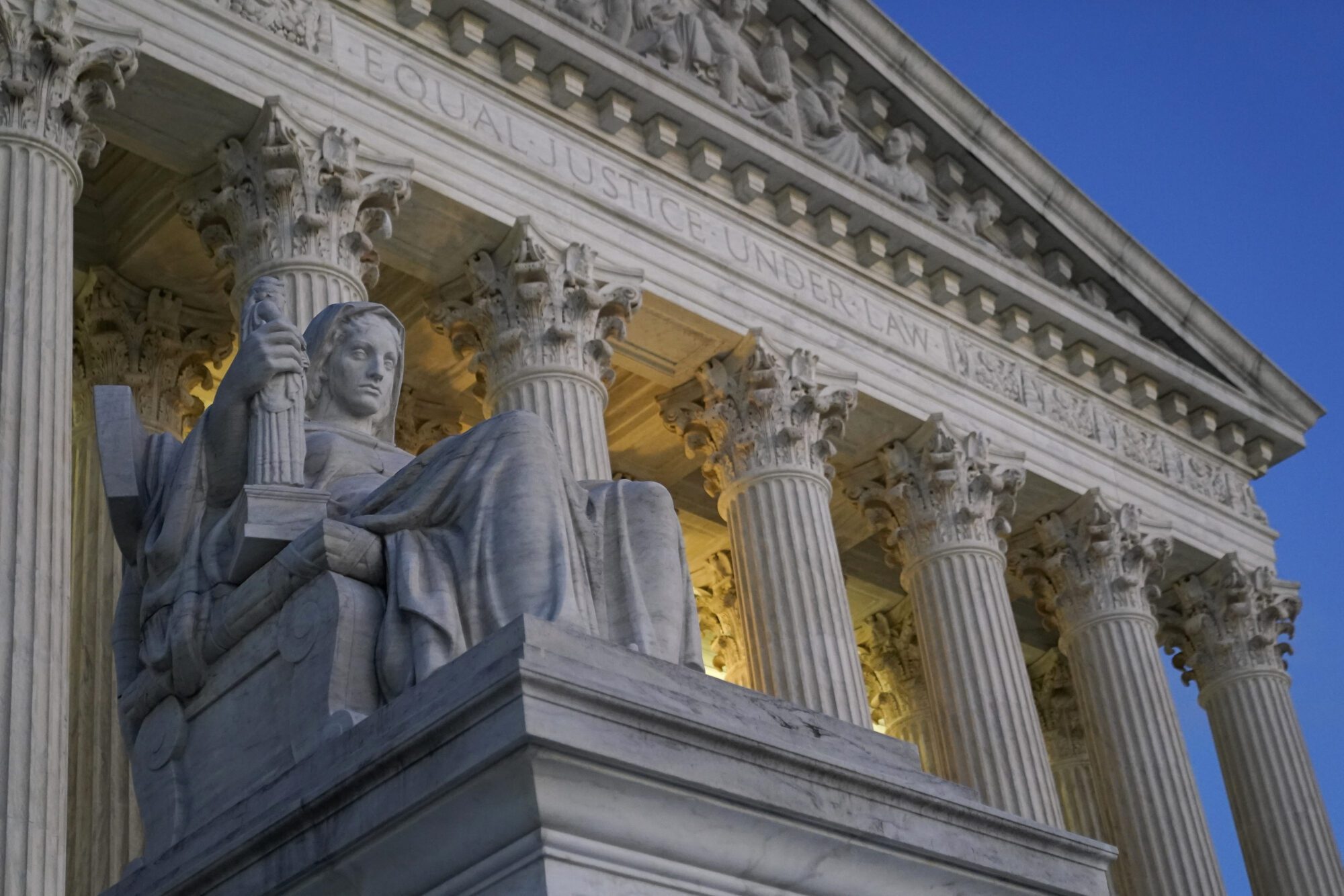
FILE- Light illuminates part of the Supreme Court building on Capitol Hill in Washington, Nov. 16, 2022. (AP Photo/Patrick Semansky, File)
This week’s blockbuster decisions striking down Biden’s unauthorized student loan cancellation, defending the First Amendment rights of people of faith, and blocking racial discrimination in college admissions serve as strong examples of the Supreme Court’s new “originalist” approach and its new role: guardian of the Republic.
On Independence Day, Americans celebrate the birth of a nation conceived in liberty–a nation designed at its founding to limit the power of organized government in order to preserve the freedom of people to chart their own destinies.
Unfortunately, until recently, the U.S. Supreme Court regularly undermined the limits and checks placed on government power. For more than a generation, the Court freely endorsed broad government overreach. It overlooked clearly defined rights and gave undue deference to unelected bureaucracy. And, at times, it expanded its own power to create, from thin air, new “rights” and legislate from the bench.
A fundamental shift in the judicial philosophy of the High Court has occurred in the last few years. The Court’s transformation is owed, in no small part, to the addition of Justices Neil Gorsuch, Brett Kavanaugh, and Amy Coney Barrett during the Trump administration.
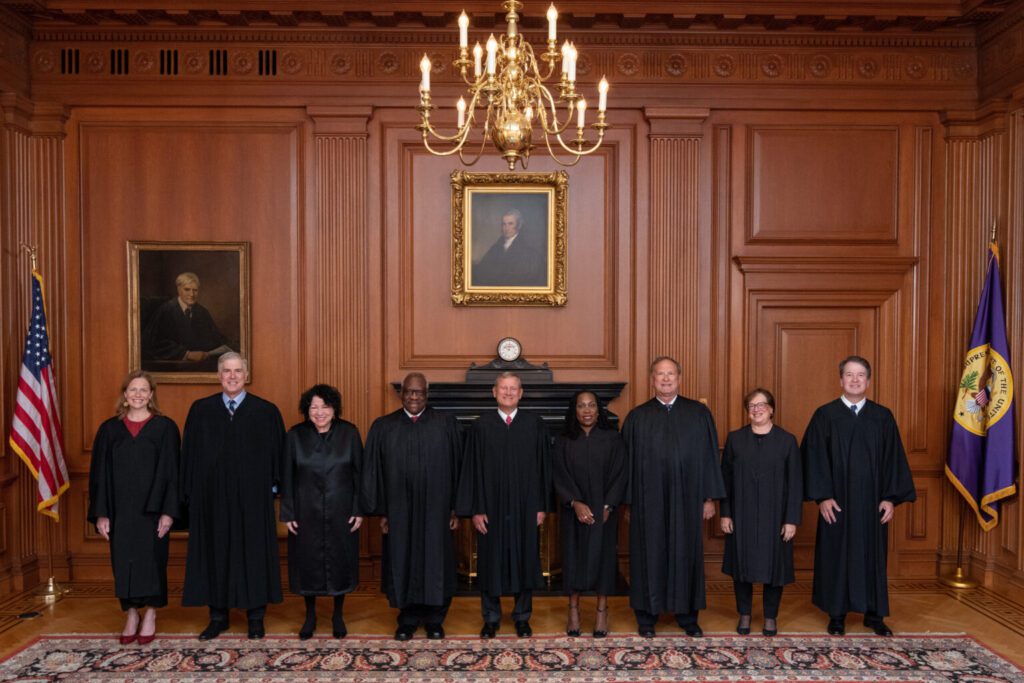
Together with Justices Thomas, Alito, and sometimes Roberts, a majority of the Court now embraces the late Antonin Scalia’s “originalist” approach to judicial interpretation. Faithfulness to the original intent of the Constitution, and to restraining government power, now serve as core drivers of the Court’s decisions.
In an era of unbridled exploitation of executive power and immense congressional dysfunction, the U.S. Supreme Court has emerged as the last great guardian of the Republic’s foundations.
Landmark Decisions, Left and Right
As most Americans checked out for the Fourth of July Holiday, the U.S. Supreme Court launched fireworks to close another blockbuster term. On the final two days of June, the Court issued a series of deeply consequential opinions.
On Thursday, the High Court ruled in Students for Fair Admissions v. Harvard, prohibiting colleges from discriminating on the basis of race in selecting students. The decision effectively ends “affirmative action” in admissions. The case stemmed from challenges of admission procedures at Harvard University and the University of North Carolina. It was driven, in large part, by Asian American students who, despite excellent academic performance, were being denied entry to America’s most prestigious universities. The holding carries sweeping implications for race-based decision making across the country.
RELATED: Affirmative Action in College Admissions Overturned
The Supreme Court’s decision elevated the core purpose of the Fourteenth Amendment. “The clear and central purpose of the Fourteenth Amendment was to eliminate all official state sources of invidious racial discrimination in the States.”
A day later, the Court held a Colorado business owner could not be forced to make expressions which violated her deeply held religious beliefs. The petitioner in 303 Creative v. Elenis, Lorie Smith, wanted to begin building websites for weddings. She was concerned under Colorado law that she would be forced to build websites endorsing same-sex marriage.
Smith lost at both the District Court and 10th Circuit Court of Appeals. Without rendering any judgment on Smith’s beliefs, the Supreme Court held that “the First Amendment prohibits Colorado from forcing a website designer to create expressive designs speaking messages with which the designer disagrees.”
READ MORE: Supreme Court Rules Colorado Web Designer Cannot Be Compelled to Design Same-Sex Marriage Sites
Moments later, in its final decision of the term, the Court released its opinion in Biden v. Nebraska. In an election year, the Biden administration announced a plan to forgive nearly $1 trillion in student loans. At the time of its creation, Biden himself questioned the constitutionality of his actions. The problem: Congress had not passed any law authorizing the program. The Court’s decision turned easily on a violation of the separation of powers enshrined in the Constitution.
READ MORE: Biden’s Student Loan Forgiveness Struck Down by Supreme Court
The Sum is Greater than its Parts
But the current High Court’s value transcends a series of high profile cases. The sum is greater than the individual parts. Whether it be overturning Roe v. Wade, reining in unelected bureaucrats at the EPA, restoring the historical understanding of the Second Amendment, or reviving the First Amendment’s protection of religious liberty, the Court’s recent landmark cases are bound by common threads.
All of these cases pursue the plain meaning of the Constitution. All take seriously the limits on government, and the roles of the branches, included in the Constitution. None of these cases are expressions of preference on underlying policies. None cast judgment on the conduct or beliefs of the individuals before the Court. Each is constitutionally rooted and neutral. Each recognizing the importance of government’s structure to the preservation of the people’s defined rights.
It is possible to believe that women should be able to access abortion, that diversity on college campuses is a noble pursuit, that business owners should make their services available to everyone, and that student loan debt is a serious problem, and still appreciate that the Constitution does not contain a clearly defined right to an abortion, that the “equal protection” in the Fourteenth Amendment plainly prohibits government from race-based decisionmaking, that the First Amendment protects sincerely held religious beliefs, and that decisions on things like student loan forgiveness ultimately belong to America’s policymaking body, Congress.
By eschewing the insertion of their own policy preferences, the Supreme Court is embracing its constitutional role–to say what the law is, not what it should be. The Court is providing desperately needed stability to our nation, restoring and defending the structures and processes that make us a nation of laws and not of men.
With a presidency and administrative state untethered from constitutional limitations, and a Congress more incompetent than effective, the Court’s reemerging fidelity to the Constitution could not have come at a more important time.

